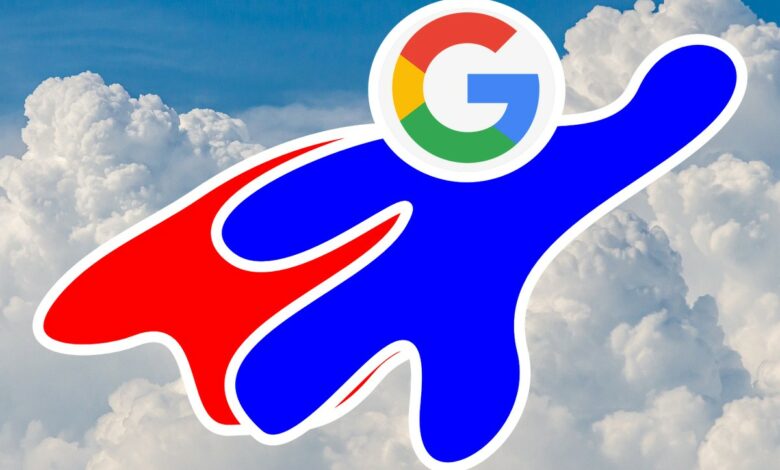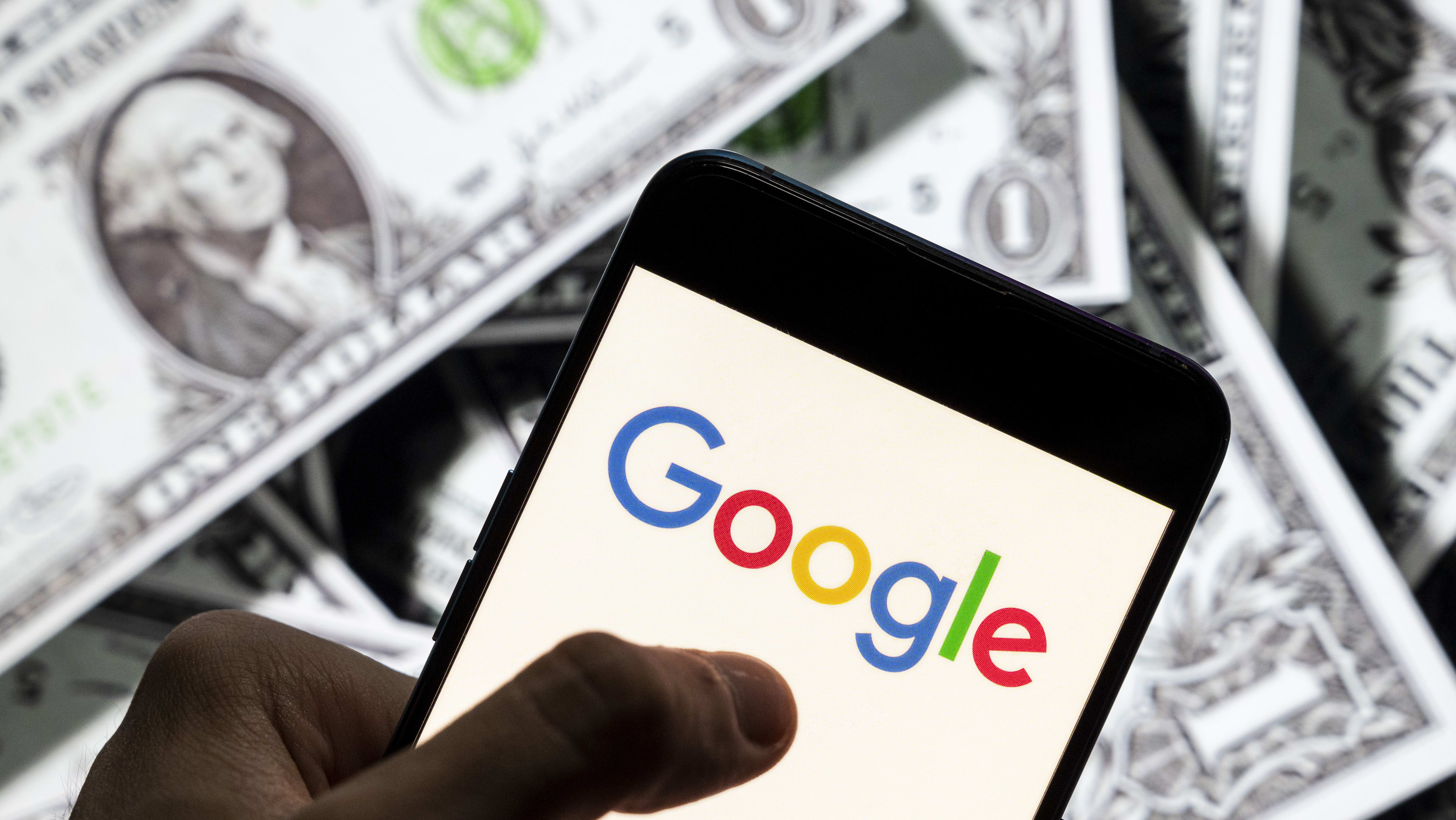The surge in Digital ads creates another milestone for Google as it smashes its sales records

For the first quarter, the parent company of Google shattered revenue records driven by an increase in digital ads that strengthened the heavyweight of technology even as the regulators tried to cut its influence. The robust profits show the expectation of advertisers that the opening of the economy would correlate with a spirit of commercial enterprise and Google’s leading position in digital business. The pandemic has been a jolt for the advertisement segment of Alphabet Incorporation, with more people shifting their lives online during their stay in their home country during the year, turning to Google’s quest to locate food and food supplies as one presses the videos on YouTube. Brands responded by changing advertising budgets to find buyers in the Google World from print, tv and shop promotions.
How much profit did alphabet post? What will it do now?
Alphabet posted $55.31 billion in revenue in the first quarter of this year, a rise of 34 per cent from the previous year when the coronavirus paralyzed the global economy. The profit has been more than doubled and the profit per share much exceeds the forecasts of analysts. The company has reported a 30 per cent growth in revenue of $31,88 billion on its signature products, including search, Gmail and maps, reflecting the way brands invest on the internet. YouTube was $6 trillion, up 49% from the previous year. Total profit amounted to almost $18 billion, 162% up from last year.
Google said it would buy back $50 billion in additional securities, in accordance with the desires of those who monitored the swelling cash reserves of the company. After-hours trading alphabet shares increased by more than 4 per cent. Google now has the wind back, said Sean Stannard-Stockton, Chief Financial Officer, Ensemble Capital, Burlingame, California, a consulting company that holds Alphabet at $1.5 billion in cash. It didn’t just pass covid. It is well-positioned and stronger still, he said.
How did digital ad growth affect the companies?
Google has been placed, as the world’s digital ad leader, to benefit from a broad wave of economic growth in an online ad. Smaller competitor Snap Inc. announced a 66% rise in revenues last week, while Verizon Communications Inc. reported a 26% increase in ads sales. The increase in digital spending has allowed Google to maintain revenue growth even though its share of the American search-advertising market declines. According to eMarketer, the company’s search market share dropped to 57 per cent last year from 61 per cent the previous year, while competitor Amazon.com Inc. raised its share to 19 per cent from 13 per cent over the same period.

Is there any threat that can bring a new phase in the growing digital ad industry?
Regulators continue to be the biggest threat to the growth of Google business. Last year, the Department of Justice and a separate group of states brought counterfeit litigation arguing that they have concluded secret deals to promote their search engines and advertisement companies. The cases could push Google to spin its company parts out or to cede its perch to competitors. In addition, antitrust cases were sent to the Google Play App Store and the daily mail publisher via its digital media Auctions, by epic games Incorporation.
Packaging has been criticized by policymakers as undermining competition, but Thomas Kurian, Google Cloud chief executive, has stated that the firm is slowly adapting to customer needs. Apple Inc. launched a software update on Monday that will enable consumers to discourage applications from monitoring their use on iPhones and other smartphones. The reform is expected to put pressure on Google to enforce similar privacy safeguards on its Android operating system, which is the world’s most popular. Such a move will upend Facebook Inc.’s business, which targets advertising to users based on data gathered across their mobile devices.
How can Google find its way out of this threat? What does it already do and what more can it do?
Google says that it works in a dynamic environment, because customers choose its search engine, not that they forced to do so. It says its Play Store runs according to rules that are equal to developers and its ad-tech company has many options for publishers in a crowded marketplace. Google remains the default search engine for iPhones and other smartphones.
The firm continues to make significant expenses. The interchange charges, classified as costs for traffic acquisition, increased by 30 per cent from one year ago to $9.71 billion in the first quarter. Google has also been spending to diversify its business beyond advertising with a cloud-computing infrastructure that competes with Amazon and Microsoft Corp. The corporation has been touting a slew of multibillion-dollar acquisitions in recent months, which saw the division’s revenues jump 46 per cent to $4.05 billion in the third quarter. The group has enticed new customers by packaging its offerings with benefits in its dominant advertisement and search companies. On Monday, it announced an eight-year, $1 billion-plus deal with Univision Communications Inc., which it earned in part by incorporating YouTube and search elements.
Due to the domination of digital ads, Google must follow a fine line as it introduces its own privacy limitations to its android operating system. It has criticized data protection activists and advertising technology rivals for planning to avoid selling advertisements to people visiting some Web pages. Privacy supporters argue that their proposal to divide people into media cohorts is not far enough, while opponents believe that it is anticompetitive. Data protection speed bumps are not supposed to slow down the money engine of Alphabet. A search engine of the company has an 89 per cent share of global traffic, its Maps offers and YouTube accounts for 73 per cent of the online content world.




